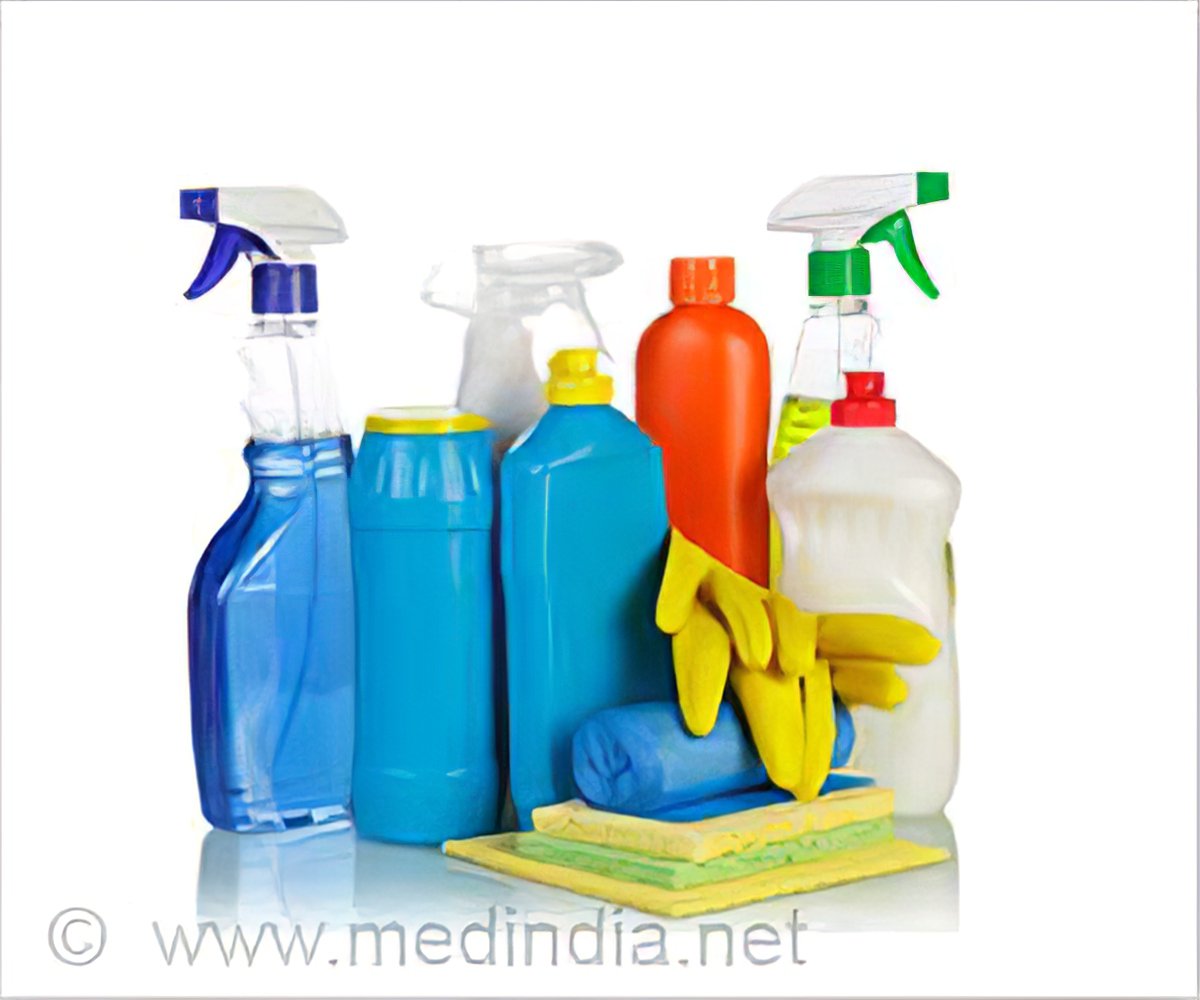Which of the Following Household Products Is Potentially Hazardous
In fact most household accidents result in death. Household Hazardous Waste HHW EPA considers some leftover household products that can catch fire react or explode under certain circumstances or that are corrosive or toxic as household hazardous waste.

Majority Of Chemicals In Household Products Have Never Been Independently Tested Cleaning Cleaning Chemicals Natural Cleaning Products
The most harmful household product in my opinion would have to bleach.

. Hazardous Household Substances Hazardous Substance Characteristics and Hazardous Substance Toxicity Chart Examples of hazardous household products such as polishes cleaners pesticides etc. Mina 271 1 year ago. Products such as paints cleaners oils batteries and pesticides can contain hazardous ingredients and require special care when you dispose of them.
ALL OF THE ABOVE. Everyone uses hazardous chemicals in the home. However in homes built prior to 1990 it may be found in plaster insulation boilers vinyl floor tile glazing compound pipe covers caulking compounds roofing materials drywall board and taping compounds flooring many adhesives fireproofing insulation and exterior siding materials.
Potentially dangerous household products and their antidotes. The following is a list of hazardous materials or items that may contain hazardous materials. Cleaners and germicides Deodorizers Detergents Drain and bowl cleaners Gases Home medications Laundry bleaches Liquid fuels Paint removers and thinners Store household chemicals.
Many of these are considered hazardous waste and in most cases may not be disposed of in the dumpster landfill or sewer. All of the above Weegy. You can die from almost anything in your home.
Which of the following statements best describes the relationship between the environment and human health. Cliffffy4h and 3 more users found this answer helpful. Never mix bleach with ammonia or with toilet bowl cleaners or drain cleaners as dangerous and possibly deadly fumes may be produced.
Ac-cording to national estimates each home gener-. Products containing chlorine bleach or ammonia are reactive and will say on the back label do not mix. These include products such as household clean-ers paints and solvents pesticides automotive products hobby supplies and batteries.
Toxic chemicals like benzaldehyde camphor ethyl acetate benzyl acetate linalool acetone and methylene chloride can when inhaled cause dizziness nausea drowsiness irritation to throat eyes skin and lungs kidney damage and. A bleach B cosmetics C paint D solvents E all of the above. National Library of Medicine maintains TOXNET the Toxicology Data Network.
If the product is at least 5 ammonia it has to be labeled as poisonous. Which of the following household products is potentially hazardous. Asbestos is rarely used today in home building materials.
Which of the following statements best describes the relationship between the environment and human health. Like insecticide and pet flea and tick products household foggers or bug bombs contain many of the same pesticide chemicals such as pyrethrins permethrin and methoprene. When these chemicals are no longer needed they are classified as household hazardous waste.
Pool and spa chemicals. Students will be able to name potentially hazardous products that can be found in the home. Ammonia is found in a variety of household cleaners kitchen bathroom floor oven glass and polishers.
Exposure to these chemicals could cause burning in your eyes or your skin or can result in breathing problems. Which of the following household products is potentially hazardous. All of the above of the household products - bleach solvents and paint are potentially hazardous.
The contents of foggers can be flammable. Ask about the advisability of maintaining antidotes in your home for. Household bleach contains sodium hypochlorite a chemical that can cause irritation and damage to the skin and respiratory system if inhaled or spilled on the skin.
Which of the following is a potentially harmful household product. When spilled or leaked most of these materials need to be disposed of as hazardous waste. Hazardous Products in Your Home.
All of the above. Bleach solvents and paint are potentially hazardous. If ingested you will have to have your stomach pumped and if not treated correctly it could lead to death.
Which of the following household products is potentially hazardous. Be sure to fully evaluate waste materials and contact the appropriate. In a home the most common reactive products are chlorine bleach and ammonia.
All of the above Weegy. Are Household Cleaners Hazardous. There are many different kinds of hazardous reactions.
A study by the Environmental Protection Agency found that potentially hazardous chemicals can commonly be found in fragrances. All of the above bleach solvents and paint is potentially hazardous. The answer is D all of the above All the answer choices contain hazardous chemicals that are toxic to humans.
If these products are accidentally mixed they produce toxic gases. Which of the following household products is potentially hazardous. According to TOXNET short-term exposure to.

Top 7 Health Risks Of Household Chemicals

Common Household Items Containing Harmful Chemicals

Household Cleaning Products Are The Most Commonly Used Hazardous Products In The House These Products Can Be Ov Cleaning Household Cleaning Bottles Decoration
Comments
Post a Comment